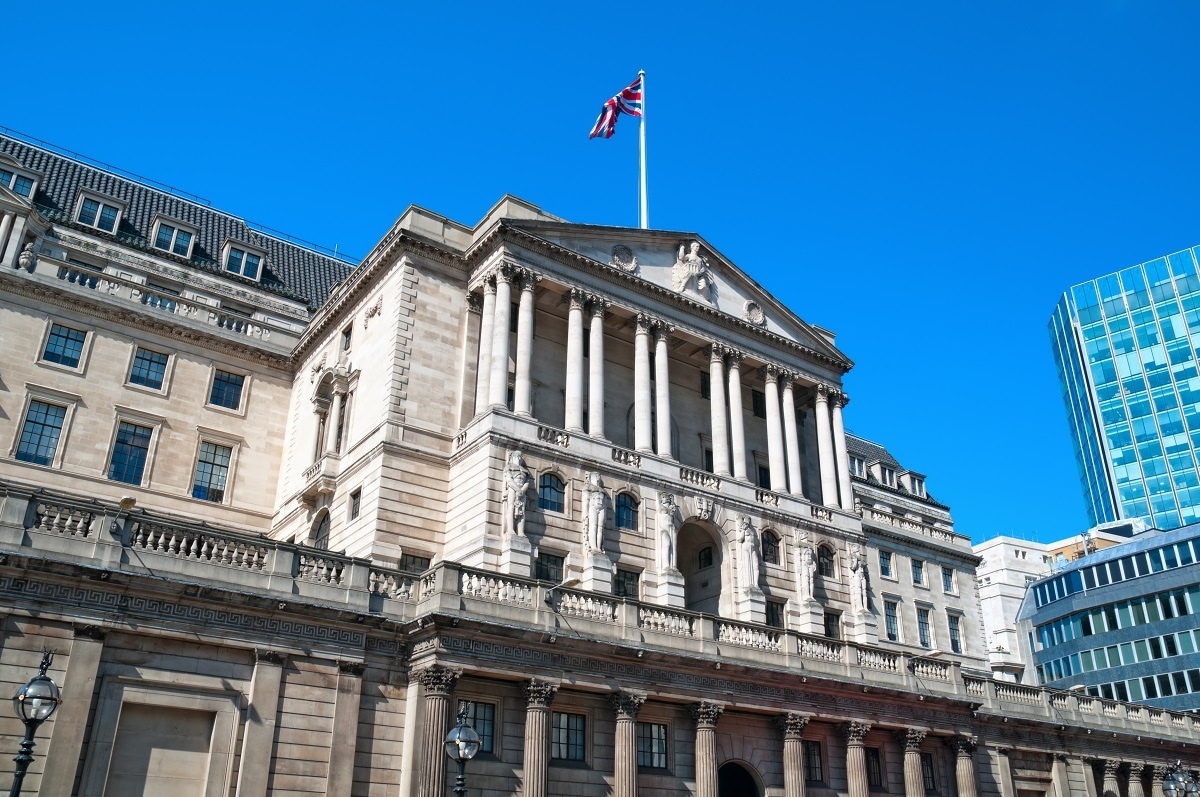Despite the recent turmoil in the US banking system the Federal Reserve went ahead and raised rates by 25bps at its meeting last night.
While this was broadly in line with expectations, a tweak to the statement was perceived to be more dovish, moderating the language by removing the reference to “ongoing increases will be appropriate”, with “some additional policy firming may be appropriate”.
This helps to give the Fed wriggle room to pause at the next meeting if the data permits, as well as indicating that the end of rate rises could be close.
This change saw yields, as well as the US dollar fall sharply, however, US markets after initially pushing higher also fell back and closed lower, after comments from US Treasury Secretary Janet Yellen, in separate comments to US lawmakers, said that there was no commitment to extending banking deposit insurance beyond the current $250k cap.
Powell also admitted that a rate pause was considered due to the banking crisis, while also going on to say that the prospect of rate cuts this year was not being considered. A cursory analysis of the latest dot plot chart confirmed that thought process, even as markets continued to price that very possibility.
With US markets closing sharply lower after Yellen’s comments, European markets look set to pick up on that negative read across, with a similarly weaker open.
Before yesterday’s hotter-than-expected UK CPI number for February, the main question facing UK markets was how close the Bank of England was to its terminal rate, and whether recent events across the banking sector would temper its decision to raise rates today.
That question got a whole lot more complicated yesterday with a surprise surge in headline CPI in February to 10.4%, driven primarily by food and services prices. What was even more worrying for the central bank was that core prices also surged higher, rising from 5.8% to 6.2%, and undermining the recent narrative from MPC officials that inflation was on its way back down again.
The MPC has remained split in recent months split with Tenreyro and Dhingra both opposed to further rate hikes even with headline CPI still above 10% and core prices now on the rise again at 6.2%, and wages at 6.5%.
Back in February Bank of England governor Andrew Bailey insisted that the MPC was seeing “powerful downward forces on inflation now” when he testified to the Treasury Select Committee, saying that “I do think we have turned the corner”.
Those comments haven’t aged well even if he did caveat them with concerns about inflation stickiness and serve to give the impression that the Bank of England is almost making it up as it goes along.
Bailey followed up those February remarks with further comments at the start of this month saying he had not seen any data to justify markets pricing in the prospect of further rate hikes insisting that markets were getting ahead of themselves in pricing a terminal rate of 4.75%.
Judging by yesterday’s jump in core CPI, that is no longer the case showing that markets had a better idea of what might happen to rates than the Bank of England did at the start of the month.
The splits on the MPC while welcome in the context that there isn’t a groupthink consensus also serve to give that impression, especially when you have two policymakers leaning away from hikes, and more towards rate cuts at some point in the future. Earlier this month Swati Dhingra was claiming that there was no evidence of persistent cost-push inflation becoming embedded and that inflation would fall back sharply over the rest of the year. That claim is hard to square with monthly price rises in excess of 1%, on both CPI and RPI inflation measures.
On the other side of the spectrum, you then have external MPC member Catherine Mann making the case that more hikes are warranted given stickier inflation dismissing the idea of a pivot to a looser policy. She also went on to insist that rates would likely have to stay higher for longer in order for inflation to return to target.
Mann’s stance seems entirely more credible than the dovish stance of Tenreyro and Dhingra given how stickier UK inflation has always tended to be historically. This is mainly down to the transmission mechanism of a weaker pound, which tends to put a floor under prices.
While some have suggested the Bank of England might pass up on another rate rise today, most sensible people think that at the very least we can expect to see another rate hike of 25bps after yesterday’s inflation numbers, although we could well see another split decision. It would be a huge surprise if we got no change and would hammer yet another nail in the central bank’s credibility when it comes to its inflation-fighting credentials.
Before the Bank of England, we have the latest rate decision from the Swiss National Bank, who are expected to raise rates by 50bps to 1.5%, despite the recent turmoil in its own banking backyard with the shotgun marriage of Credit Suisse with UBS. It will be interesting if policymakers there have any postscripts to recent events in terms of their guidance around further rate increases.
EUR/USD – moved through the 1.0800 area and looks set for a retest of the recent range highs at 1.1030. Support should now come in at the 1.0760 area, with stronger support at the March lows at 1.0520.
GBP/USD – continues to struggle to push through the 1.2300 area despite a brief push up to 1.2335 yesterday. The pound continues to feel vulnerable to slipping back especially given that the Bank of England tends to lean towards dovish language when it does meet. Currently have support at 1.2170.
EUR/GBP – feels like we could see a move towards 0.8900 where we have resistance. Still have strong trend line support at 0.8720, from the lows last August. Support also at 0.8780.
USD/JPY – ran out of steam at the 133.00 area and support at 131.00. Below 130.80 targets a return to the 130.00 area.
Disclaimer: CMC Markets is an execution-only service provider. The material (whether or not it states any opinions) is for general information purposes only, and does not take into account your personal circumstances or objectives. Nothing in this material is (or should be considered to be) financial, investment or other advice on which reliance should be placed. No opinion given in the material constitutes a recommendation by CMC Markets or the author that any particular investment, security, transaction or investment strategy is suitable for any specific person. The material has not been prepared in accordance with legal requirements designed to promote the independence of investment research. Although we are not specifically prevented from dealing before providing this material, we do not seek to take advantage of the material prior to its dissemination.







